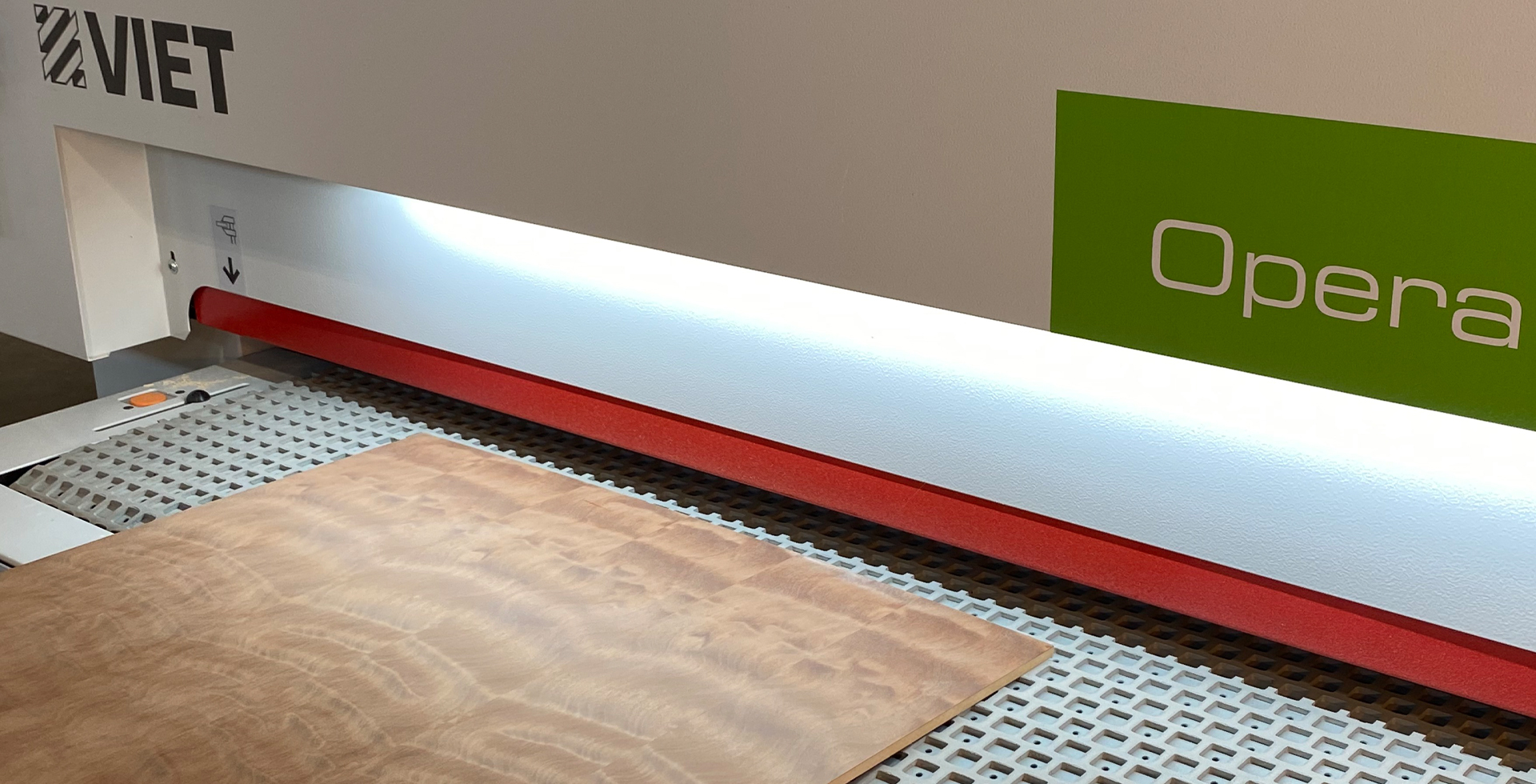Veneer machines should be configured with:
1. Conveyor with Variable Feed Speed
The ability to adjust feed speed is critical to maintaining consistency when veneer sanding. Controlling the “dwell” time under the sanding platen, directly affects the amount of material removed. Single and two speed drive motors do not have enough adjustment to dial in correct “dwell” time for each wood species or veneer type. speed of conveyor should be between 9-12 m/min depending on veneer type.
2. Electronic Sensing of Work Piece
All Veneer Sanding Machines must be able to automatically detect the size and shape of the work piece. the machine must recognize this part shape and know the feed speed. In this way it can accurately control the sanding platen as to when and where it sands, reducing the chance of damaging the edges of the piece.
3. Anti Dubbing Control of Sanding Unit
In coordination with the sensing device, the sanding platen is controlled as to where it starts and stops sanding. This “lead in” “lead out” is critical to not sanding through the leading and trailing edges. This anti dubbing control is adjusted through the controller and is automatically timed with the feed speed on conveyor.
4. Segmented Sanding Platen (pad)
The segmented platen is a key feature when sanding veneer products. The ability to copy the shape of a panel can only be achieved with the segmented platen. The more narrow the sectors, the greater copying capacity the machine will have. Standard widths range from 15mm-50mm. 22-32mm widths are most widely used. Other advantages are;
A: Multi part feeding: the ability for the operator to load multiple pieces across conveyor with confidence the machine will sand each with no burn throughs on all edges of each part.
B: Edge pressure control: the ability to add or reduce pressure on the edges automatically through the control. Raw veneer pieces may require less pressure on the edges than parts with solid wood rims or banding.
5. Electronic Controller
While the machine can be configured without this feature, it does make the set up much easier for the operator. Programs can be saved to match each sanding operation being requested. The controller makes it no longer necessary to have operators who are highly trained for veneer sanding.Want to learn more about machining software and how to utilize it to it's full potential? Check out our award winning Sophia software
6. Abrasive Belt with Variable Speed Control
The ability to adjust the abrasive belt speed allows control of the aggressiveness of the sanding. The wide variety of wood species and different thicknesses of veneer products, makes this a key feature in maintaining a consistent finish quality of all veneer products. Abrasive speed for veneer typically range from 9-12 m/sec depending of finish required. Combined with the conveyor speed adjustment, this gives the operator great flexibility in setting the machine properly for the application.
Interested in knowing more about what to look for in a CNC Router ?
Here are 5 key factors for choosing the right CNC Router from our Product Area Manager, Andrew De Piante


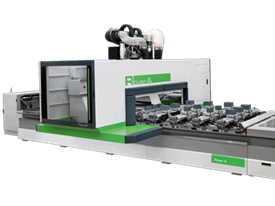
.png)
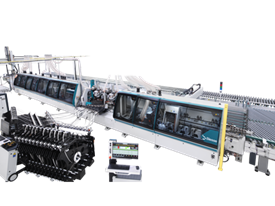
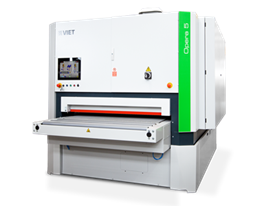
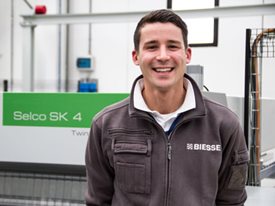
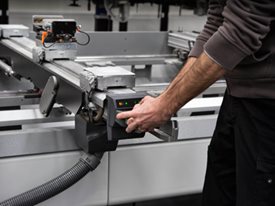


 Worldwide
Worldwide
 Italia
Italia
 United Kingdom
United Kingdom
 Россия
Россия
 France
France
 中国
中国
 Asia
Asia
 Deutschland
Deutschland
 España
España
 Schweiz
Schweiz
 North America
North America
 India
India
 Australia & New Zealand
Australia & New Zealand
 Türkiye Cumhuriyeti
Türkiye Cumhuriyeti
 Middle East
Middle East
 Brasil
Brasil
